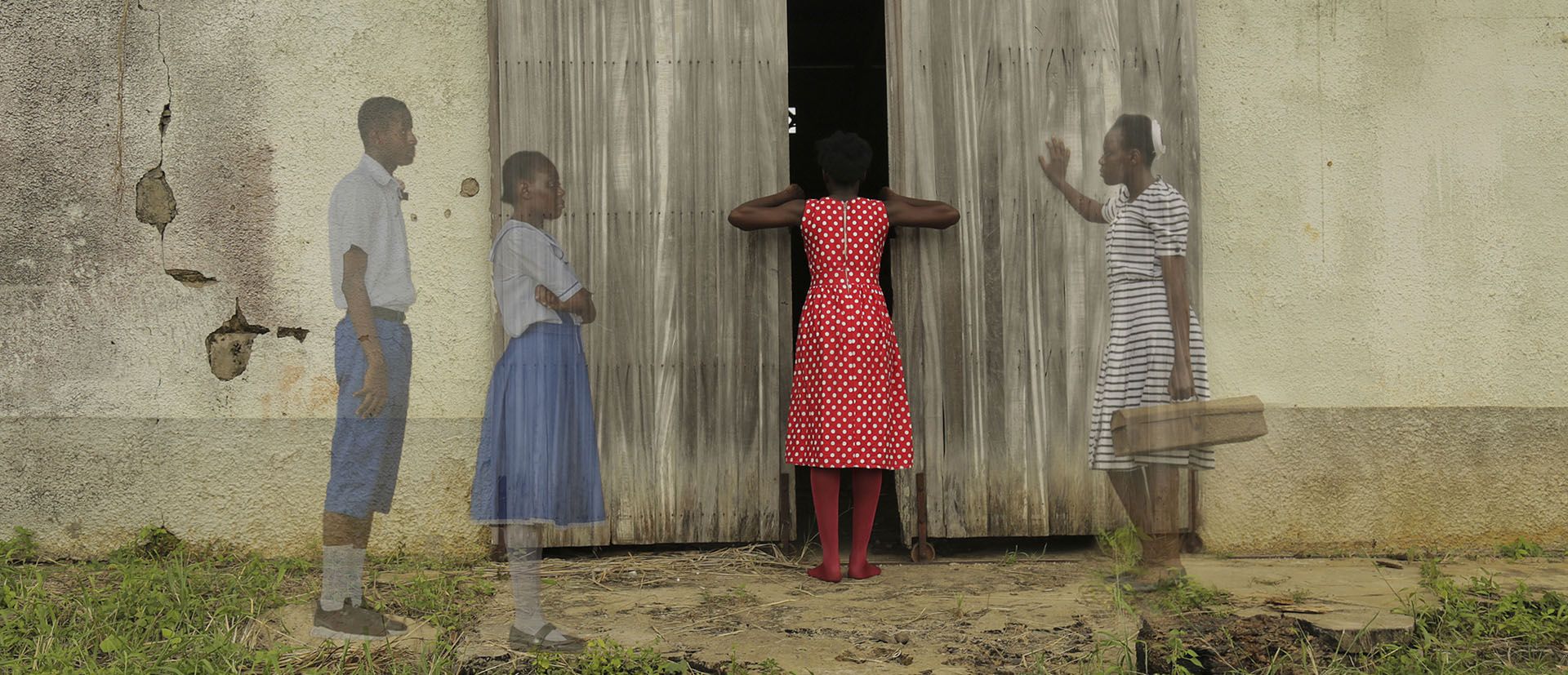Aptly named, the Curiosa sector highlights new trends and contemporary photographic practices. It is full of curiosities. Here are some of our favs.

You’re getting blind.
Don’t miss the best of visual arts. Subscribe for $9 per month or $108 $90 per year.
Already suscribed ?
Read more: Photo Paris: What to See



